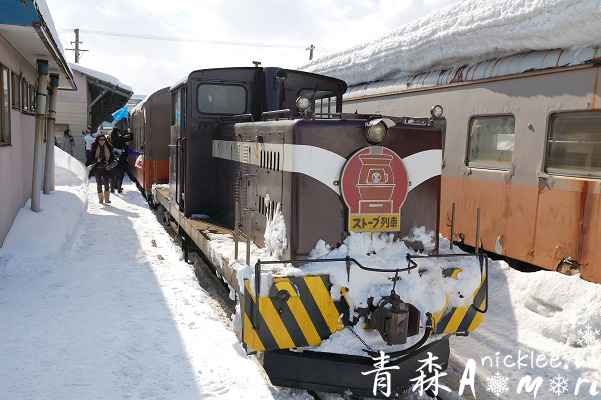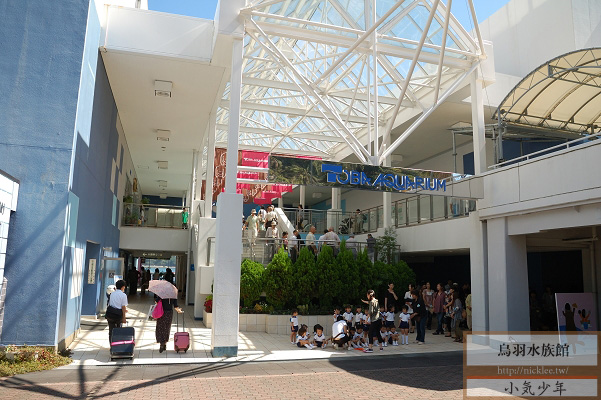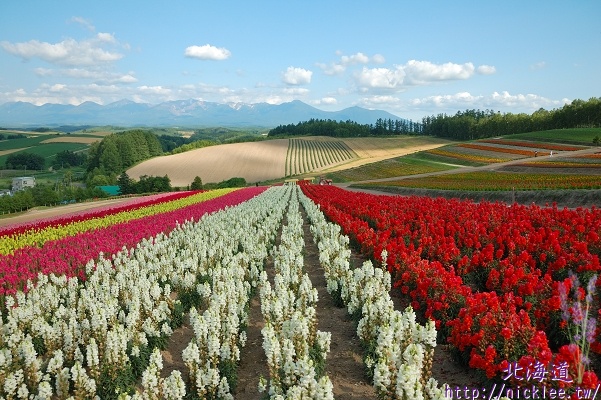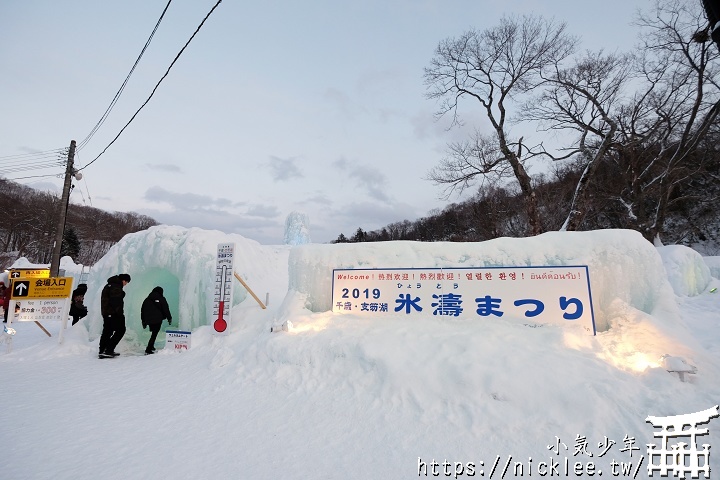This article records my ride in 2012.
Timetables are adjusted every year, please visit the official website for more information.
Japan has many unique tourist trains. One of the notable ones is the Tsugaru Railway in Aomori Prefecture, which introduces different trains throughout the seasons. In winter, they operate a Stove train, which is considered one of the local specialties and is only available during the winter season.
I’m so lucky to be able to ride on this Stove train~
To ride on this Stove train, you have to go to the Tsugaru Railway – Goshogawara Station~
Goshogawara Station is located near the Tachineputa Museum, and the Tsugaru Railway – Goshogawara Station is adjacent to JR Gono Line – Goshogawara Station here.
This is the appearance of the Tsugaru Railway – Goshogawara Station.

The more impressive one next to it is JR Goshogawara Station.

Due to the fact that the Stove train only operates in winter, it is necessary to wait until the snow next to it accumulates to form a small snow wall before it can start running. (Big misunderstanding~)

Due to the fact that Goshogawara Station is the famous starting station of the Tsugaru Railway (with the final destination being Tsugaru-Nakasato), there are many tourists who come here to take the Stove train.
However, due to the limited number of train services, there are only 3 trains per day.
Therefore, it is necessary to arrive at the station early to avoid missing the train.
If you have some free time, you can also take a stroll at the nearby JR Goshogawara Station.
Here, you can freely access the platform without purchasing a platform ticket.

From the JR station, you can also walk to the nearby Tsugaru station… XD

The schedule is displayed at the station, with three departures per day at 9:25, 11:40, and 14:10.
If you want to ride the Stove Train (Japanese: ストーブ列車), you will need to purchase a Stove Train Ticket.
For my trip from Goshogawara to Kanagi Station, the fare is ¥530, and the Stove Train Ticket costs ¥300, making the total fare ¥830.
(from 2019.10.01, the Stove Train Ticket is ¥400).

Train ticket and Stove Train ticket

There are really so many people.
The small train station is crowded with people.

Due to the large crowd, I had to go outside for a stroll~
Take a look at the interesting design on the body of this Konan Bus at the bus stop across the street~

This is a one-day (or two-day) itinerary reference obtained from the tourist information center next to the JR station.

When the time comes, let’s take the train.
Since the Tsugaru Railway and JR Gono Line are adjacent, you need to use the overpass to reach the platform.

However, we don’t want to take this particular train.

This is the Stove train we are going to ride.

The abandoned carriage next to it (looks like)

The train engine is surrounded by ice and snow.


The car is ready to start, and the train conductor is checking the condition.

Due to the overcrowded car, we immediately start grilling squid as soon as we got on board…

Everyone rushed forward.

Mr. Mukai held the freshly grilled squid and shouted, “Hot…”

One squid here costs ¥300.
You can ask the on-board service staff for assistance.

So thoughtful

Beaming with a smile.

Take a frontal photo.

There are male and female service staff on the car, young and old.
This person is here to add charcoal fire.

Then the smoke from the charcoal fire will run up along the chimney.

After finishing the busy work, I started to pose for everyone’s photos.
I think they must be very used to everyone’s cameras by now.

This Stove train has a long history, and now you can no longer see this kind of storage rack.

This round one is an old-fashioned light bulb, now replaced with long fluorescent lights.

After reaching the final stop, Kanagi Station, you can walk to the Kanagi Kanko Bussan-kan Madeny or the Osamu Dazai Memorial Hall Shayokan.

This is a souvenir shop inside the Kanagi Kanko Bussan-kan Madeny, where you can purchase some local specialties and also enjoy a meal here.

How about a bowl of piping hot Osamu Dazai ramen (¥840)?
This arrow bamboo is considered its specialty.
The broth of the whole bowl of ramen is superb, bringing out the sweetness of the vegetables.

However, the texture of the noodles is quite ordinary.

Char siu is not particularly large, but there is no famous specialty here either.
So, let’s go ahead and try this ramen.

After finishing the ramen, you can also take a look at the nearby Shayokan.


If anyone is interested, they can also visit the Osamu Dazai’s evacuation house.

The above is a simple description of the process of taking the Stove train.
Since taking the Stove train is usually just for the experience and has no practical transportation function, you still need to take another train back to the original station.
For those who plan to come here, it is recommended to follow this itinerary: take the 11:40 train, arrive at Kanagi Station around 12:05, have a bowl of Osamu Dazai ramen, visit the Shayokan and the evacuation House, and then take the train back to Goshogawara Station and leave on the JR train.
Below are the related pictures of attractions at Kanagi Station.

【Additional Information】
1. The Tsugaru Railway operates special trains throughout the year, with the following schedules:
– Stove train: December 1st to March 31st
– Wind Chime Train: July 1st to August 31st
– Suzumushi Train: September 1st to mid-October
2. The Stove train is a fully unreserved seating train, and reservations are not available.
If you plan to ride the Stove train with the “Tsugaru Free Pass“, you will need to purchase an additional “Stove Train Ticket” in order to board.
For more information about Northeast China, please refer to the Northeast page.
Reference:
Official website of the Tsugaru Railway
『Original Source:https://nicklee.tw/1203/』





